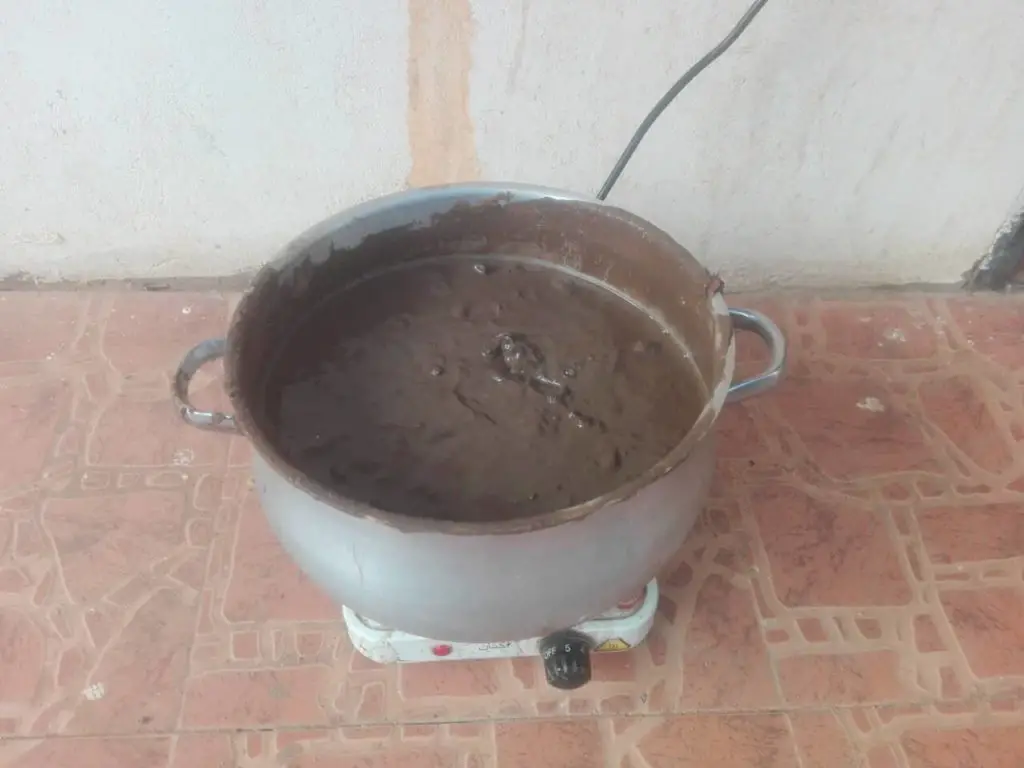It is sad when you do everything you can to retrieve your plant, but it dies form root rot. So you wondering now ” can soil with root rot be reused!”.
In this article, we gonna discuss the best practices when it came to using both potting and garden bed soil that contaminated with root rot.
But before diving into the details we will answer the main question: Can soil with root rot be resued? The soil that hosted plants that died from root rot disease can be reused after been sterilized properly.
Keep reading to know how to sterilize soil contaminated with root rot.
How to sterilize potting soil that contaminated with root rot
Root rot happens in the first place because a special type of fungus exists in different soils (including the healthy ones).
But it exists in a dormant state. It became active and harmful when they find the right conditions.
Waterlogged soil is what activates those fungi. And causes the root rot. Now you know the activation mechanism of those fungi.
Let’s use the same mechanism against them.
Step1:
Remove all the parts of the dead plant from the soil. Then Bring a cooking pot and put the rotted soil in it.

Step2:
Pour water in the cooking pot. And mix the soil with the water well, either by your hands or by a big spoon.
The water will activate the fungus that causing the root rot in order for the heat to kill them.
Also, the water will work as a medium that transfers heat to all soil particles.
Step3:
Put the cooking pot in a stove and let the soil boil for 10 mints.

Step4:
The boiling temperature will kill all bacteria and fungus including the ones that causing the root rot.
Let the soil cool down and reach the room temperature. When the soil has a normal temperature it is ready to be reused.
Now you have a fresh and sterilized soil. There is something important to consider. While sterilization will kill the harmful fungus that causing the root rot. It also will destroy the soil nutrients.
Therefore you may need to fertilize the soil before planting your new plant in it.
How to sterilize garden bed’s soil that contaminated with root rot
Using the same method of potting soil sterilization is not practical in garden beds.
Therefore we gonna follow something called soil solarization. As its name indicates it is using sunlight to sterilize the soil.
Step1:
Moisten the contaminated soil with water. Water work as a heat transfer medium that transfers heat to all soil particles.
It also activates the fungus that causes root rot in order to be killed by the heat.
Step2:
Bring a clear table plastic cover and lay it on the top of the contaminated garden bed’s or the ground soil.
Secure the plastic cover with bricks on its edges so it will not drift away with winds.
The above are the two simple steps of sterilizing the ground or garden’s bed soil.
Notes on garden bed’s sterilization
This process should start at the begging of summer and it should continue for at least two weeks.
The longer the time length it takes is the better. Also, uncover the plastic cover from time to time to moisten the soil. So the heat can be transferred through all the soil particles effectively.
The plastic cover should be clear so the sunlight and heat can get to the soil.
The plastic cover blocks the heat from sneaking out and the air from sneaking in.
Avoid getting root rot again
Overwatering is the number one reason for losing houseplants. Overwatering causes root rot.
Actually root rot is a tough disease and my recommendation on what to do with a plant that suffering from root rot is to discard it.
In order to not infect your other plants. Therefore the right cure for root rot is prevention rather than treatment.
In order to save your plants from root rot use a well draining potting medium for potted plants.
And orchid potting mix if you want to plant orchid. And there is a special potting mix for cactus and succulents.
Also, make sure to repot your plant when the potting soil starts to break down and became compacted.
It may take from year to two for the potting mix to break down.
The right potting media and regular repotting are the most important actions you can take to prevent root rot.
The second measure that you can take to prevent root rot is to water your plant only when it needs it.
Such a thing can be subjective. So make sure to do your research about the water needs of your specific plant.
But the general rule, for most houseplants only water them when the top two-inch of the soil is dry.
I wrote an article about root rot treatment and prevention if you want to know more about the subject.
In Conclusion
I hope in this article I answered one of my readers’ most frequently asked questions: “can the soil with root rot be reused”.The soil that is contaminated with root rot fungus can be sterilized first then it can be reused.
Potting soil can be sterilized by mixing it with water and then exposing it to boiling temperature. For more detailed information about potting mixes, caring for potted plants, and mastering Container Gardening, Get my book Container Gardening: A Step-by-Step Practical Guide.
Finally, contaminated garden bed soil can be treated and sterilized by covering the bed’s surface soil with a clear plastic table cover. And let it be fully exposed to the sunlight.
